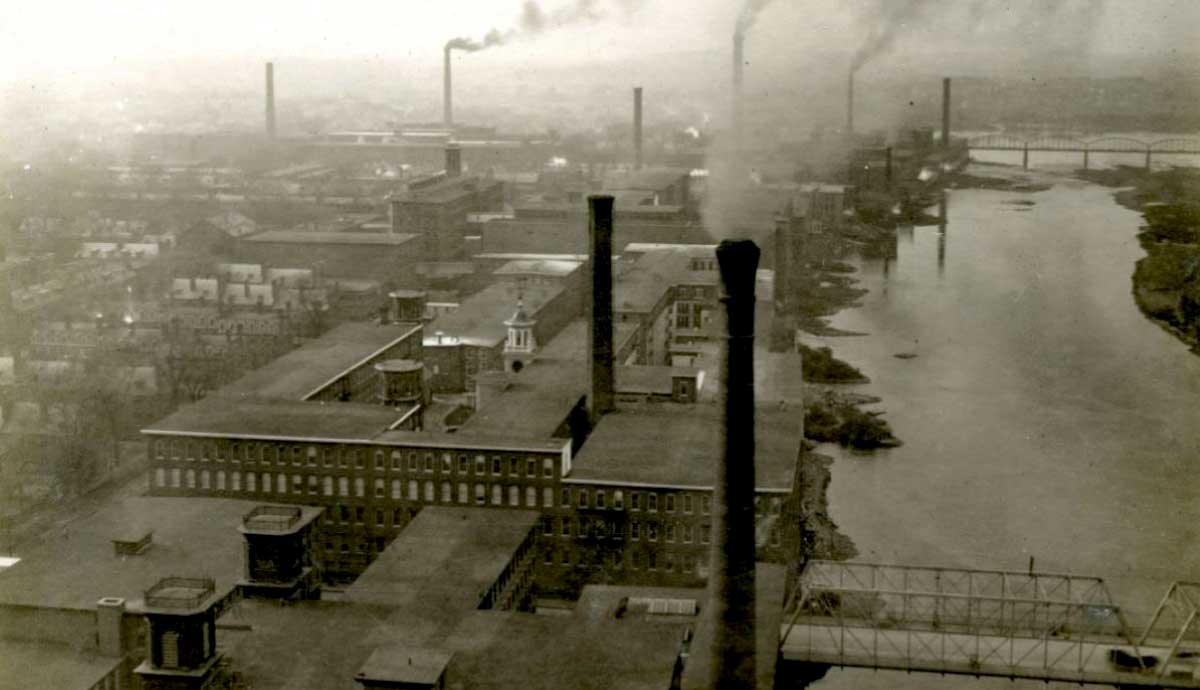
Expressionist, early 20th century German painter Franz Marc might be best remembered today for his brilliantly bold paintings of animals, but his work was about far more than just painterly depictions of blue horses and yellow cows. He explored how depictions of the natural world and its rich flora and fauna could convey a powerful message about the demise of our connection with nature, particularly at a time when society was on the brink of World War I. Over time his paintings became increasingly aggressive, angular and abstracted, reflecting the uneasy, turbulent times in which he was living. Below we look at the strongest and most intriguing aspects of Marc’s legacy.
Franz Marc Was a Painter of the Natural World

When society was shifting from rural life towards industrialization, Franz Marc was one of many artists who felt a growing sense of unease and foreboding about the future. He turned to nature, and particularly animals set in amongst their natural habitats as a potent antidote to what he saw as an increasingly alienating modern world. His fervent landscapes featuring prowling tigers and serene horses are a meditation on the beauty and wonder of nature, painted in vivid, iridescent colors to lend them a dreamy, symbolist quality.
Marc developed these ideas into his own interpretation of pantheism, in which all living creatures should live in close harmony with one another, hence why his creatures seem to dissolve Cubist-style into their surroundings. Marc believed understanding, and painting nature and animals in this way allowed him to experience the natural world as seen through an animal’s eyes.
A Founding Member of Der Blaue Reiter (The Blue Rider)

Along with Wassily Kandinsky, Franz Marc was a founding member of Der Blaue Reiter (The Blue Rider), a group of likeminded artists in Munich who shared a desire for shaking painting free from the shackles of the representation world, and opening up new channels of creative expression. Formed in 1911, the group believed color was a potent means of self-expression, and together they painted with an increasingly imaginative array of electric-bright hues. They named their group after a painting by Wassily Kandinsky featuring a man in a blue jacket riding into the wilderness, likening his journey to their creative explorations into an unknown world of creativity.
Franz Marc Was a Symbolist Painter

Like Kandinsky, Franz Marc believed strongly in the potent symbolic properties contained within colors. He saw blue as a male shade, with spiritual properties, whereas yellow was female, a sensuous and optimistic shade. Meanwhile red for Marc was a brutal, angry shade which, was, as he wrote, “to be opposed and overcome by the other two.” Marc applied these theories to many of his most celebrated paintings, which feature colors as opposing male and female forces, which compete with the overbearing dominance of red.
Franz Marc Was a Pioneer of Expressionist Painting

As a leading member of Der Blaue Reiter, Franz Marc pushed his paintings into an increasingly tortured, expressionistic, and abstract language. Like many expressionist artists, Marc used painting as a means of expressing his turbulent, conflicting emotional response to the world. In his paintings from 1913 onwards, Marc expressed a growing distaste for nature and animals, abandoning his earlier, harmonious depictions for a wilder and more apocalyptic language filled with angular, directional lines, clashing colors and shattered, broken forms.
As the war loomed on the horizon, Marc began to controversially believe it had the potential to destroy the toxic effects of the old world, and make way for a new one to regenerate from its ashes, an ideology that clashed with many of his peers. Tragically, Marc was killed in combat during the Battle of Verdun in 1916. However, his legacy of expressionistic, vivid paint, deconstructed forms and symbolist colour paved the way for the Abstract Expressionism of artists including Willem de Kooning, Lee Krasner and Jackson Pollock, as well as the colour Field art of Anne Truitt, Kenneth Noland and Morris Louis.










